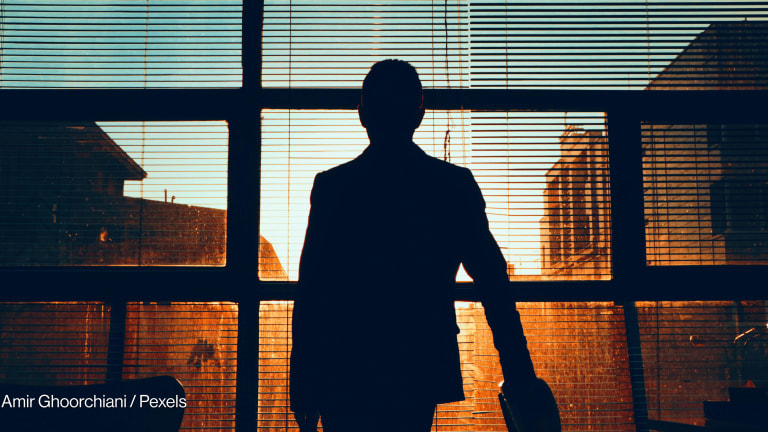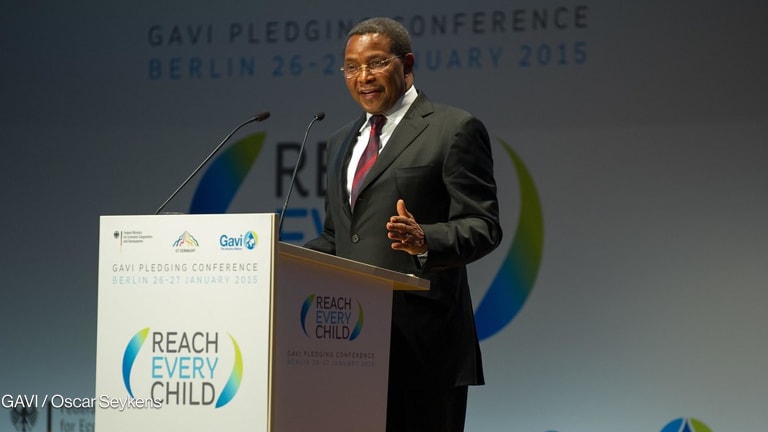In business, the mantra “adapt or die” has been repeatedly proven historically.
Of the world’s largest corporations from a century ago, only a few, like ExxonMobil, are still among the top companies globally. Today's corporate giants are technology companies like Apple, Microsoft, Nvidia, and Alphabet (Google).
Yet the list of the largest international NGOs has largely remained unchanged despite tectonic geopolitical, economic, and technological change.
Printing articles to share with others is a breach of our terms and conditions and copyright policy. Please use the sharing options on the left side of the article. Devex Pro members may share up to 10 articles per month using the Pro share tool ( ).








